King Louis XIV and the Birth of Classical Ballet
Published on December 10th 2023, 10:46PM Last modified on December 10th 2023, 10:53PM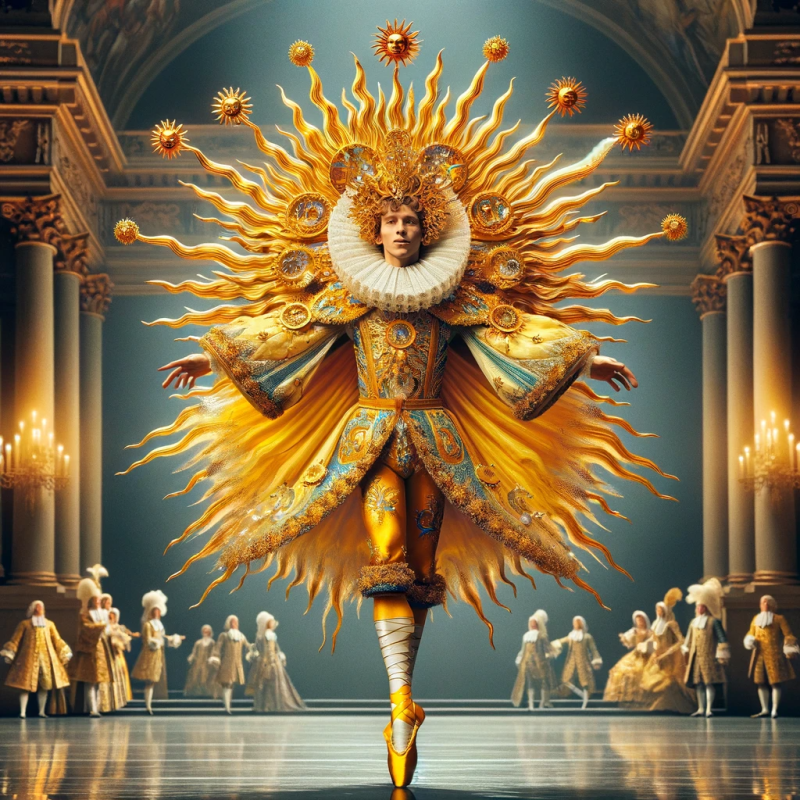
King Louis XIV of France, often referred to as the "Sun King," is renowned for his long and influential reign from 1643 to 1715. Beyond his political accomplishments, Louis XIV made significant contributions to the world of arts and culture. One of his most enduring legacies is his role in the establishment and popularization of classical ballet, which laid the foundation for the art form we recognize today. This article will delve into King Louis XIV's pivotal role in starting the classical ballet movement and its evolution during his reign.
The Emergence of Ballet in France
Before King Louis XIV's reign, ballet was a relatively obscure and sporadic art form in Europe. Its origins can be traced back to the Italian Renaissance courts in the 15th century, but it did not gain widespread recognition until it reached the French court in the early 17th century. Catherine de' Medici, the Queen of France, played a crucial role in introducing ballet to the French court. However, it was Louis XIV who transformed ballet into a significant and revered art form.
Louis XIV as the Dancer-King
Louis XIV was not only a monarch but also an accomplished dancer. He had a deep passion for dance, and his love for it began from a young age. As a boy, he received dance training from renowned instructors like Pierre Beauchamp and Antoine Ballard. These early experiences laid the foundation for his lifelong commitment to ballet.
Influence of Louis XIV on Ballet
-
Founding of the Académie Royale de Danse: In 1661, Louis XIV established the Académie Royale de Danse (Royal Academy of Dance), which was one of the first institutions dedicated to the study and practice of dance. This academy played a pivotal role in formalizing and codifying the techniques of ballet. It became a hub for the training and development of ballet dancers, choreographers, and composers.
-
Introduction of Ballet de Cour: Louis XIV introduced the "Ballet de Cour" (court ballet), which were lavish and elaborate ballet performances held at the royal court. These ballets incorporated intricate choreography, lavish costumes, and special effects. Louis himself often performed in these ballets, earning him the title "Le Roi Danse" (The Dancing King).
-
Promotion of Ballet as a Symbol of French Culture: Louis XIV saw ballet as a means to promote French culture and sophistication. He believed that the art of dance could enhance the prestige of France on the international stage. He actively encouraged the export of French ballet to other European courts, contributing to its spread across the continent.
Legacy of King Louis XIV and Classical Ballet
King Louis XIV's impact on ballet extended far beyond his lifetime. The foundations he laid for ballet technique, training, and performance became the basis for classical ballet as we know it today. His contributions led to the development of the five fundamental positions of the feet in ballet, the standardization of ballet terminology, and the emergence of professional ballet companies and schools.
Conclusion
King Louis XIV's passion for dance and his commitment to its development transformed ballet from a courtly pastime into a respected art form that has endured for centuries. His establishment of the Académie Royale de Danse and his own participation in ballet performances were instrumental in creating the groundwork for classical ballet. Today, the influence of Louis XIV on ballet remains palpable, and his legacy as the "Dancing King" continues to shine brightly in the world of dance.

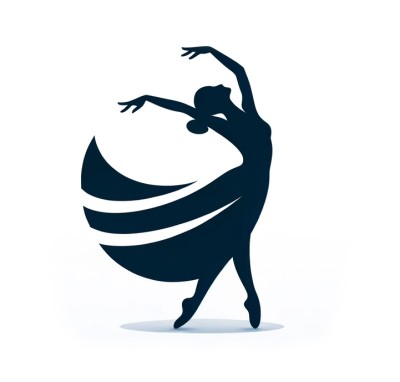
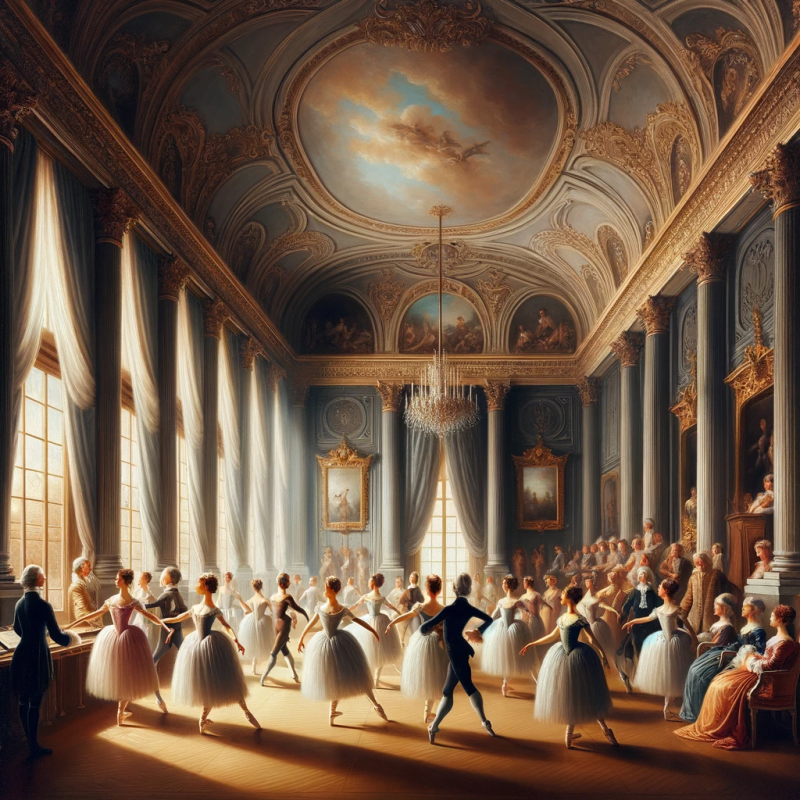
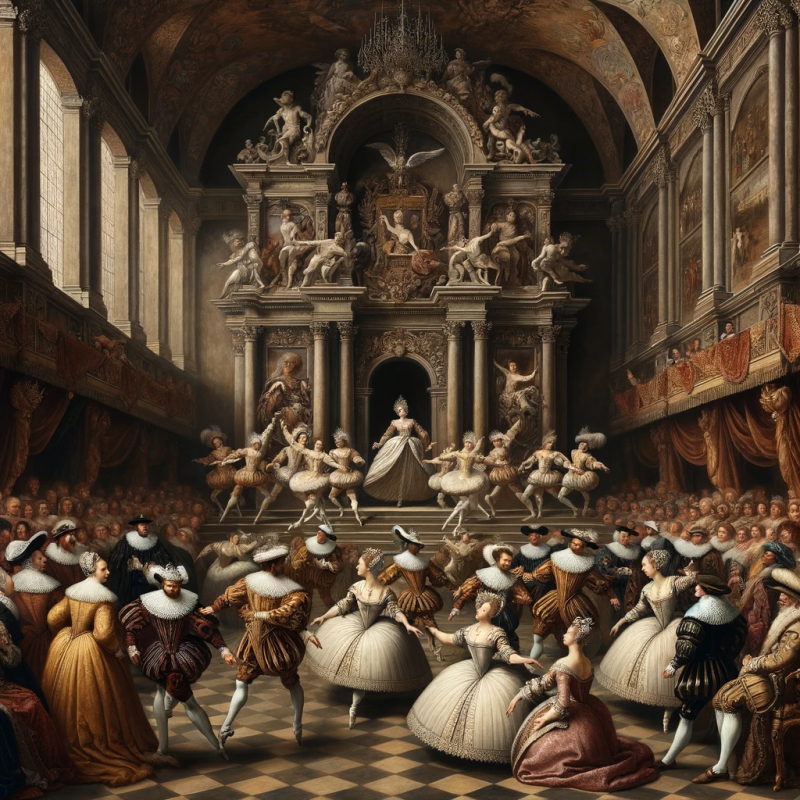
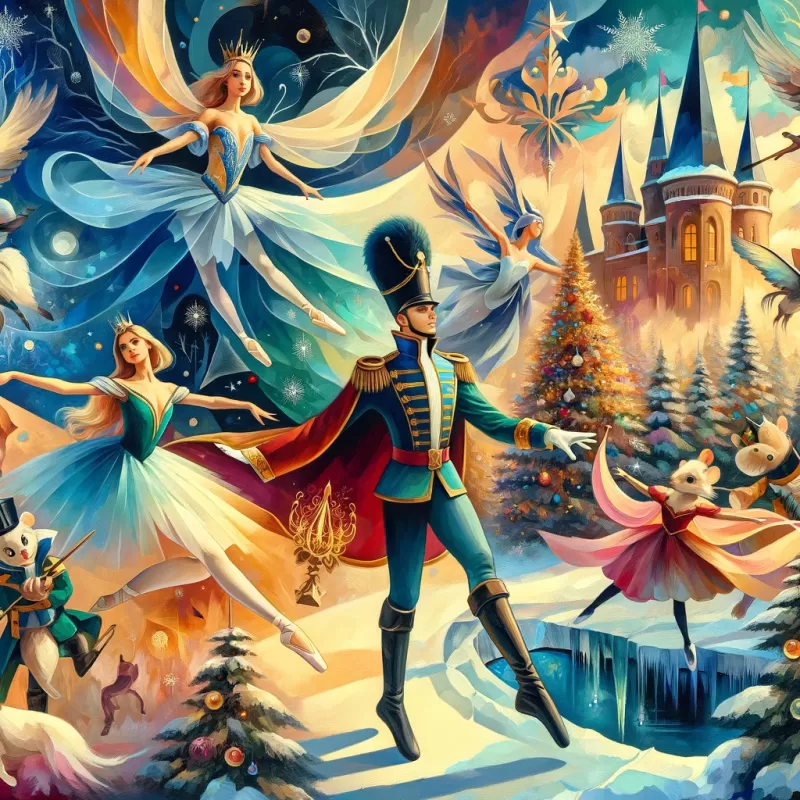
Comments (0)